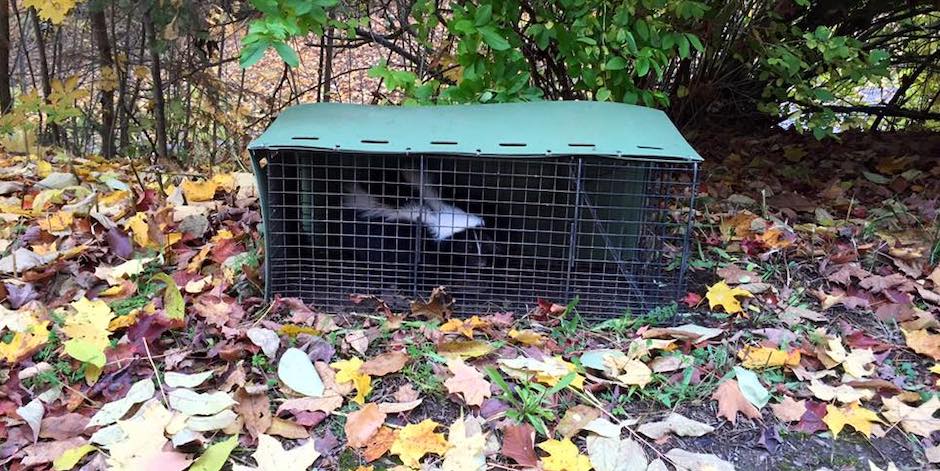Where Are Skunks Most Likely To Be Found?
Skunks are very adaptable little animals that can survive in a range of conditions. They often prefer to live on forest edges but can also be found in grasslands, woodlands and desserts. As the human population grows, the skunks’ natural habitat shrinks, and they become more comfortable living near humans.
In urban settings, skunks tend to burrow under buildings, decks and wood piles. Skunks will dig a burrow where ever they tend to find a constant food and water supply. Whether in urban or wild settings, skunks are rarely found more than two miles from a natural water source.
As far as the burrow goes, skunks prefer warm, dry and dark dens with entrances that are easy to defend. While there are probably still more skunks in the wild than in urban settings, they are pretty common in populated areas. 
Habitat
Skunks are omnivores with a diet that includes a range of different food sources. They love feeding on small rodents such as lizards, frogs, field mice and even small birds. Skunks find eggs almost irresistible and will feast on them whenever they find them. However, nuisance insects make up an estimated seventy percent of the skunks’ diet.
That being said, skunks are animals of opportunity who rarely miss a meal. They have adapted well to living near humans and benefiting from our habits. Most of a skunk’s predators are discouraged or absent in the urban setting, giving them a safe place to thrive.
Skunks are slow moving creatures with poor eyesight and terrible climbing skills. Those characteristics make it harder for them to live in urban areas. However, the abundant source of food and water combined with the lack of predators makes urban life irresistible.
Wild
In the wild, skunks traverse the same land over and over again. They change burrows to suit their needs, depending on the season and source of food. The average skunks’ territory in the wild ranges from about thirty to forty acres.
Skunks are nocturnal animals who do most of their hunting and foraging between dusk and dawn. These animals always try to stay within two miles of a natural water source. They are intelligent creatures who can adapt to living in a range of multiple weather conditions.
Skunks typically weigh between six and ten pounds. They are about the size of a common house cat. A skunk’s head looks small relative to the rest of their body, whether in the wild or in urban areas. While skunks have adapted to urban life quite well, there are still more of them in the wild.
Visit our Wildlife Trapper Levittown home page to learn more about us.

